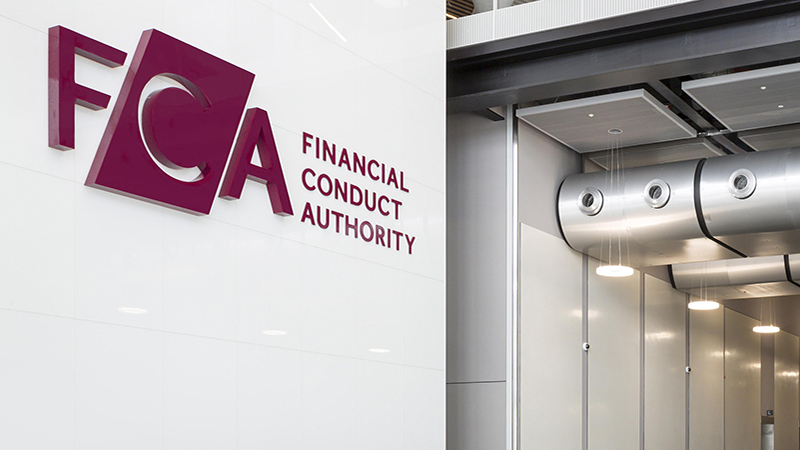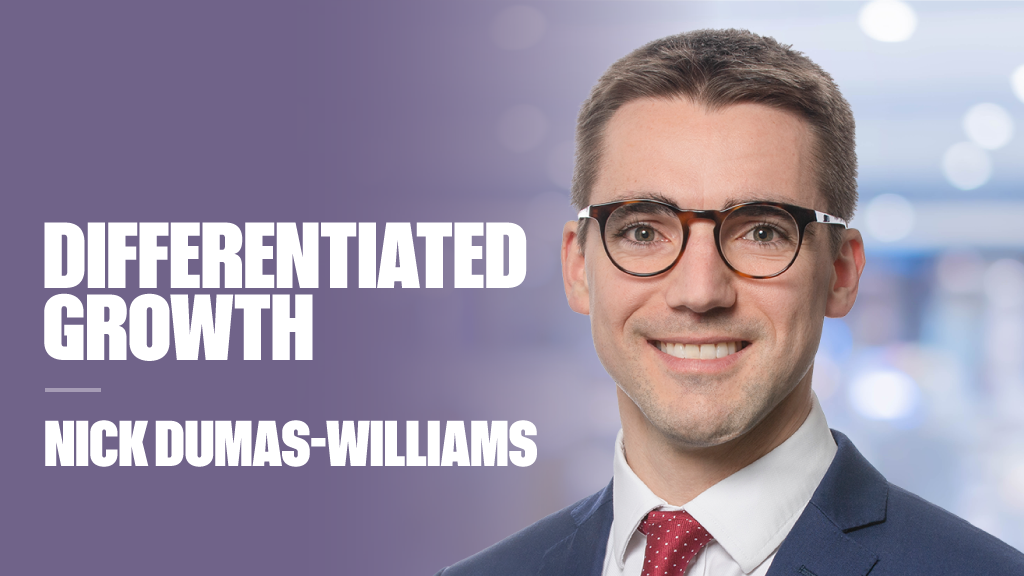A conversation with Nigel Thomas uncovers a who’s who of UK plc’s top brass, punctuated with “Next’s Simon Wolfson told me…” and “so I said to Archie Norman and Adam Crozier about ITV…”
It is not that he is trying to bamboozle me by name dropping but, with 35-plus years of City experience behind him, and £4.2bn of assets under his care in Axa Framlington UK Select Opportunities, Thomas remains among the most powerful (and much-loved) figures in domestic investing.
Neither as slick as Richard Buxton, as stately as Anthony Bolton, nor as media savvy as Neil Woodford, Thomas nonetheless is among the elite group at the top echelons of UK stockpicking.
Having arguably built a reputation as a reluctant interviewee – it has taken me months to get a slot in his diary – Thomas is in fact very personable and keen to dispel some myths about both his portfolio and his role. Since setting tongues wagging some time ago with the confirmation that fellow growth investor Chris St John (manager of Axa Framlington UK Mid Cap) will be his eventual successor, Thomas wants to set the record straight about his retirement… It’s not happening yet.
Keeping the crown
“Chris has been in the succession plan for the past two and a half years, and he is a very able and successful manager in his own right – 70% of my Sipp is in my UK Select Opportunities Fund and if I retire and he’s running it, I’ll leave my money in there,” Thomas says.
“But I have no plans to retire at the moment because I still enjoy the intellectual challenge. My chief executive asked me if I want to work four days a week. I said no because the market is not closed on day five and you never know what you are going to hear, see or meet.”
In terms of his stock selection, Thomas is often remembered for telling wealth managers about his clear-cut approach of having one-third each in small, mid and large-cap stocks. This, though, is something that he abandoned some years ago; he stresses that it is physically impossible with a fund that big. At present, the fund is split by around 11% in smaller companies, 35% in mid-cap stocks, with the remainder in the FTSE 100 (except 2% in cash).
“There are big chunks of the FTSE 350 I will not invest in – airlines, cruise liners, contractors, house builders and property shares – because I don’t know how to value them. The universe I am investing in is not 350 stocks, it is a lot less than that. I don’t have any miners and I have only 3% of the fund in oil.”
What Thomas does like to invest is in consumer services stocks, specifically media and retailers, and some of his largest holdings are relatively new entrants to the FTSE 100 though M&A.
“About 25% of the fund is ex-FTSE 250 stocks that are now sitting in the FTSE 100,” he explains.
“Dixons Carphone is around 4% of my fund. I bought about 5% of Dixons issued share capital as a good FTSE 250 turnaround story, though I didn’t know it was going to merge with Carphone Warehouse. I now own about 3% and it’s a FTSE 100 company.
“I do not get hung up on how much I must have in the FTSE 100. If investments are very successful in the FTSE 250, then they will end up in the FTSE 100. I have a great overexposure to the bottom quartile of the FTSE 100, which is these promoted companies. Even St James’s Place was FTSE 250 when I bought it, as was Travis Perkins.”











